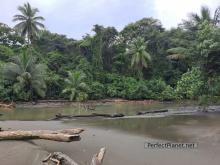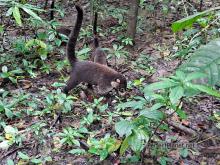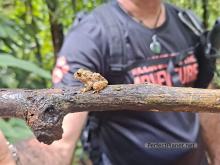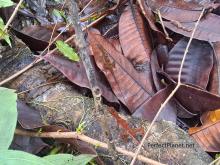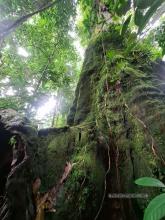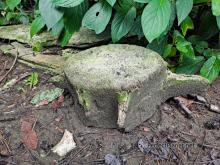It has been raining all night and it doesn't stop. We went down to breakfast at 5 am for a gallo pinto and some pancakes.
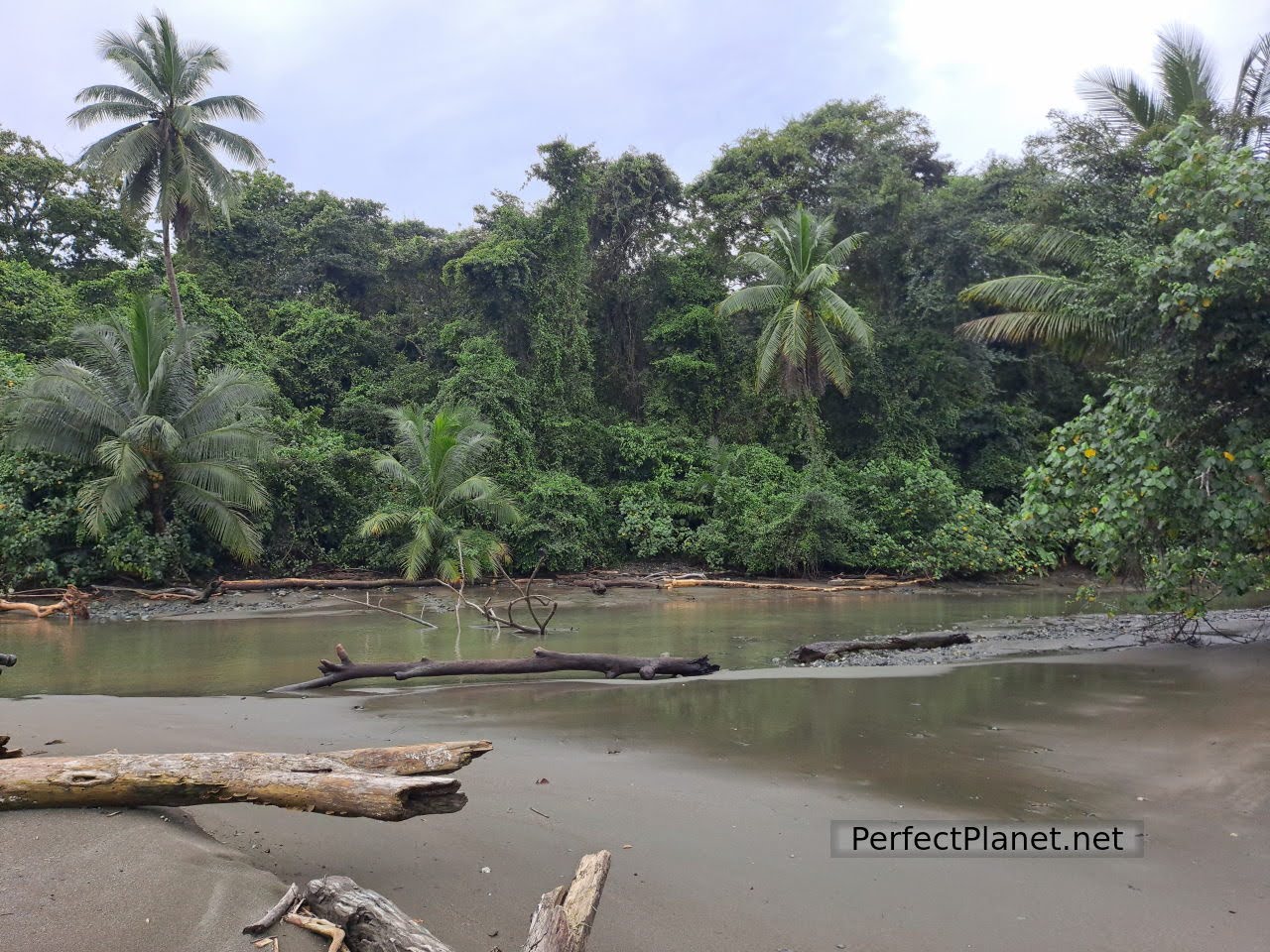
Corcovado National Park
At 5.45 am we arrive at the beach. Our tour starts at 6 am and it is still raining. Our guide, Brainer, and the rest of the group arrives, in total there are 12 of us on the boat, 8 with Brainer and another 4 with another guide.
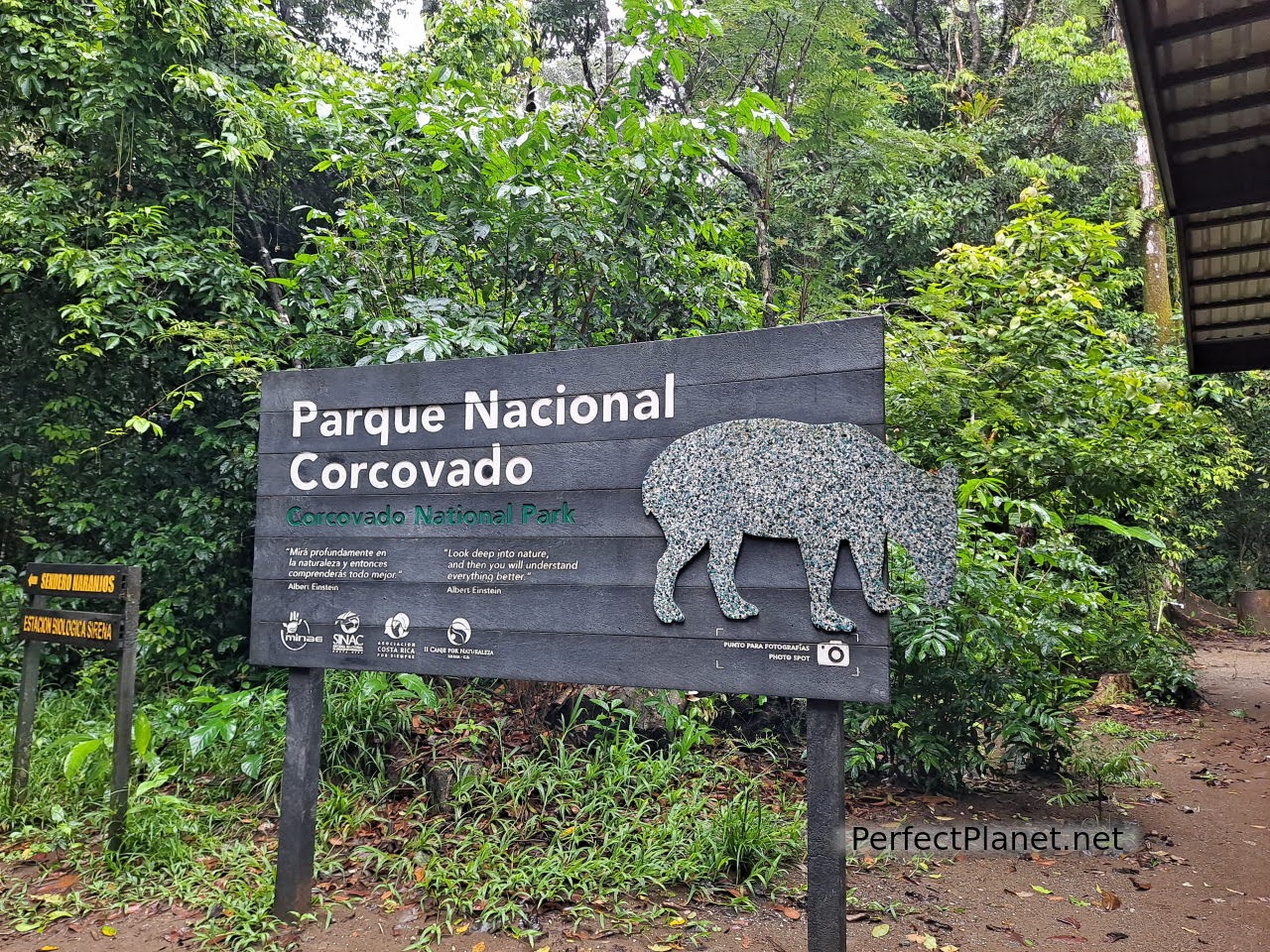
Corcovado National Park
Corcovado National Park is one of the most biodiverse parks on the planet. It is one of the last tropical forests in Central America and one of the most inaccessible. Located on the Osa Peninsula, it is divided into six sectors, although the best known are: San Pedrillo, Sirena, Leona and Los Patos.
San Pedrillo, Sirena and Leona are more accessible even during the rainy season (although it closes in October). The Los Patos sector has a pronounced orography and is more complicated in this season.
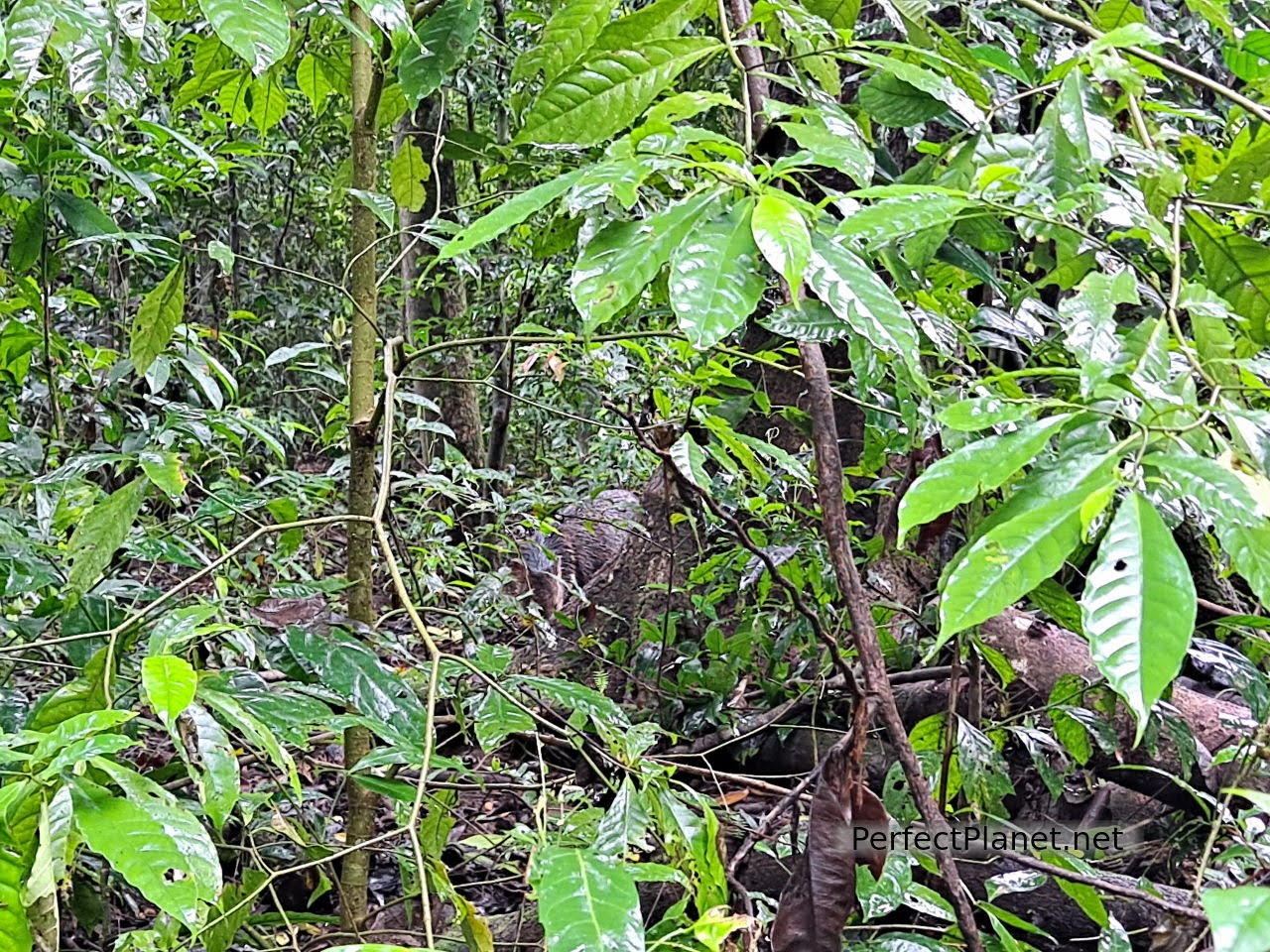
Wild pig
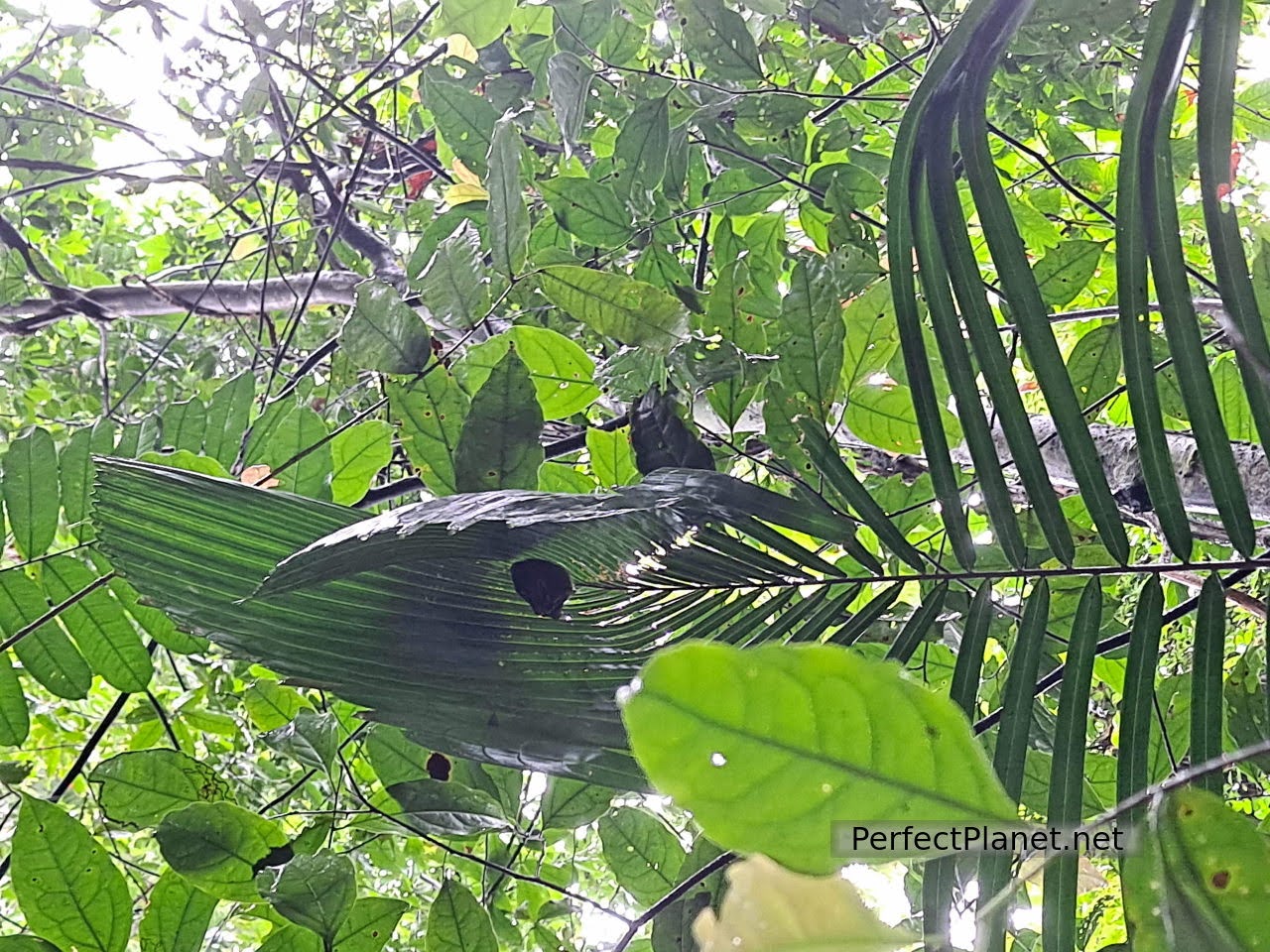
Bat
It is compulsory to enter with a guide, an inhospitable and fascinating place that will not leave you indifferent, adventure in its purest form. You can't miss it.
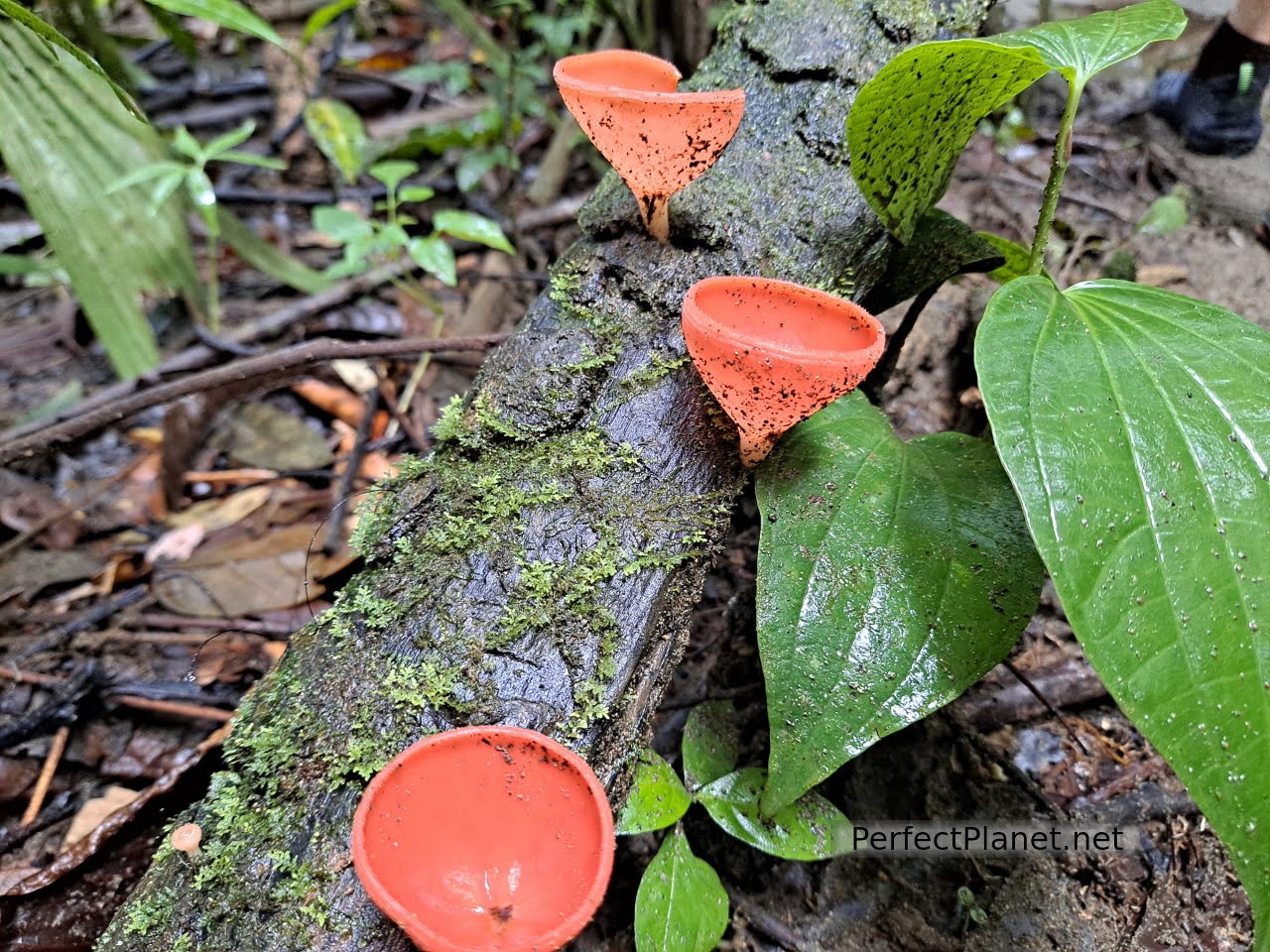
Corcovado National Park
The ride to the Sirena station is quite bumpy, the sea is a bit choppy and it takes about an hour and a half to get there. We get off the boat on the beach, there is no jetty here either.
The park rangers check our backpacks. You can't enter with single-use plastics or food, so if you bring anything with you, leave it in the boat before you get off. You can't use insect repellent inside the park either, you have to do it on the beach.
Our group is very nice. Carlos and Sara are from Girona and we make very good friends. We are accompanied by Ana, Jorge, Paula and Mariana, all four from Costa Rica.
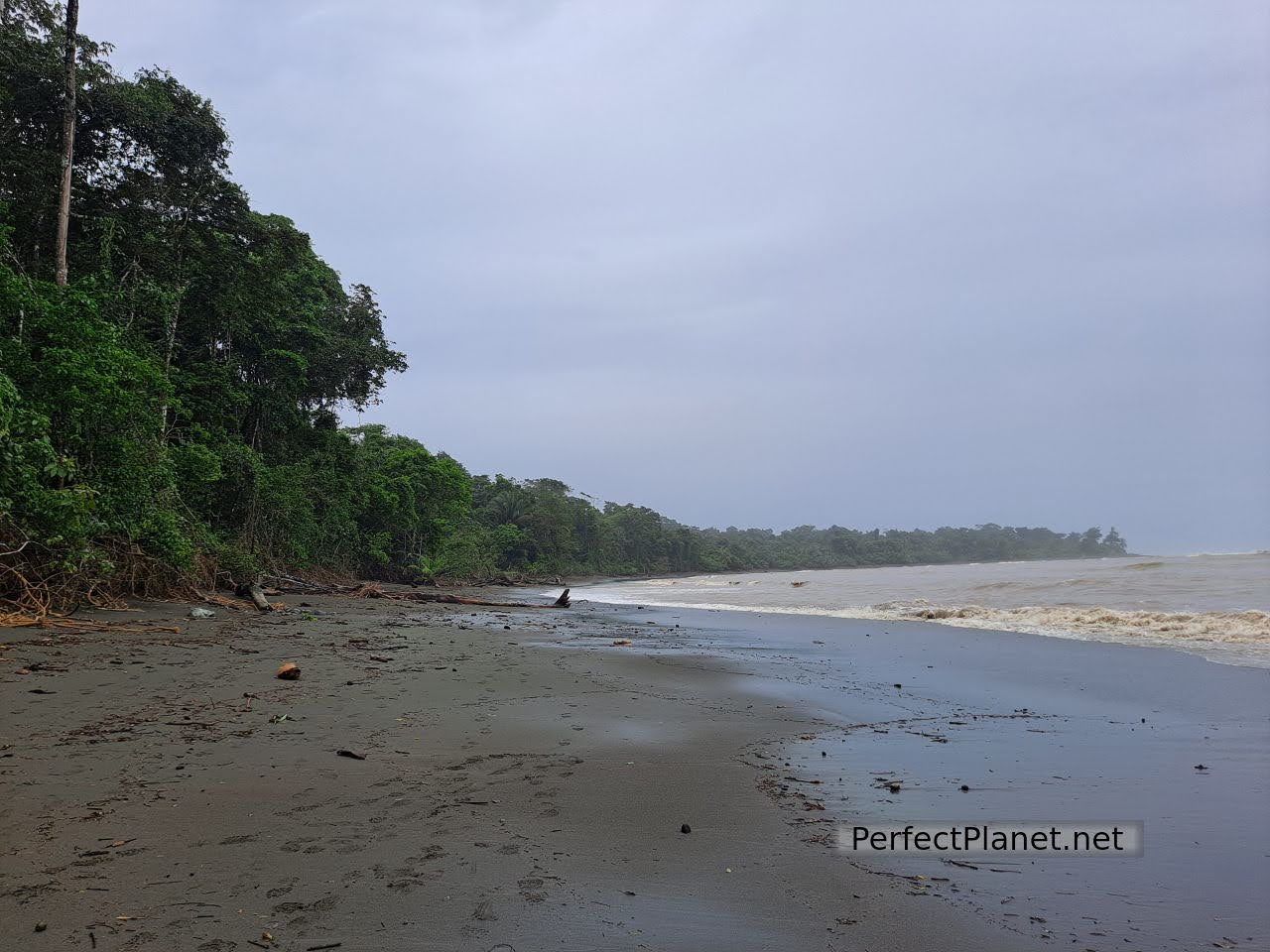
Sirena
In Sirena we do a very easy walk of about 5 kms without any difficulty, visiting several areas. It is a secondary rainforest and this is noticeable in the space between the trees as much more light penetrates. Among the mammals we see titi monkeys, spider monkeys, howler monkeys, sloths, coatis, pigs, guatusas... we are not lucky enough to see the tapir although we do see its tracks.
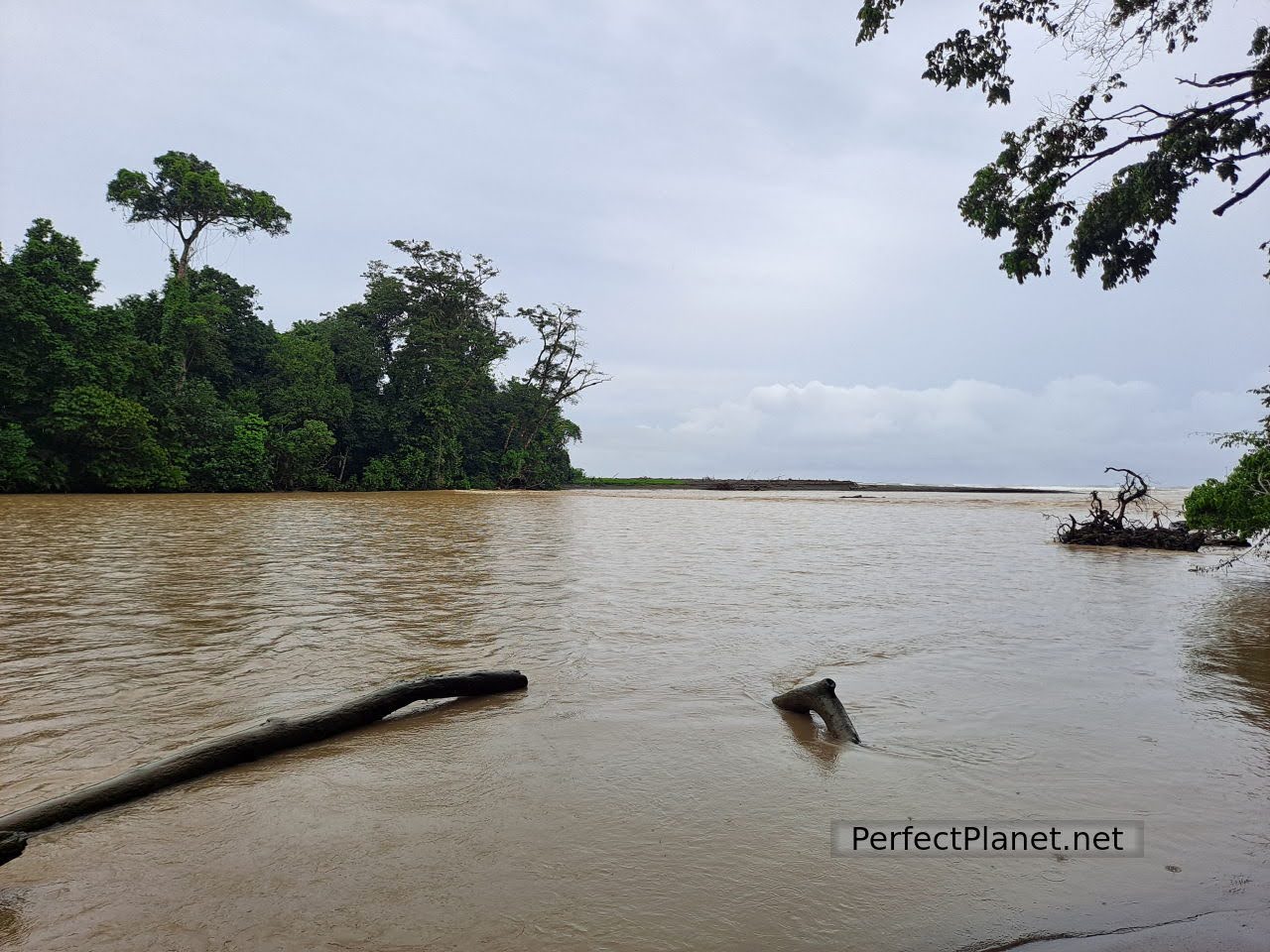
Claro river
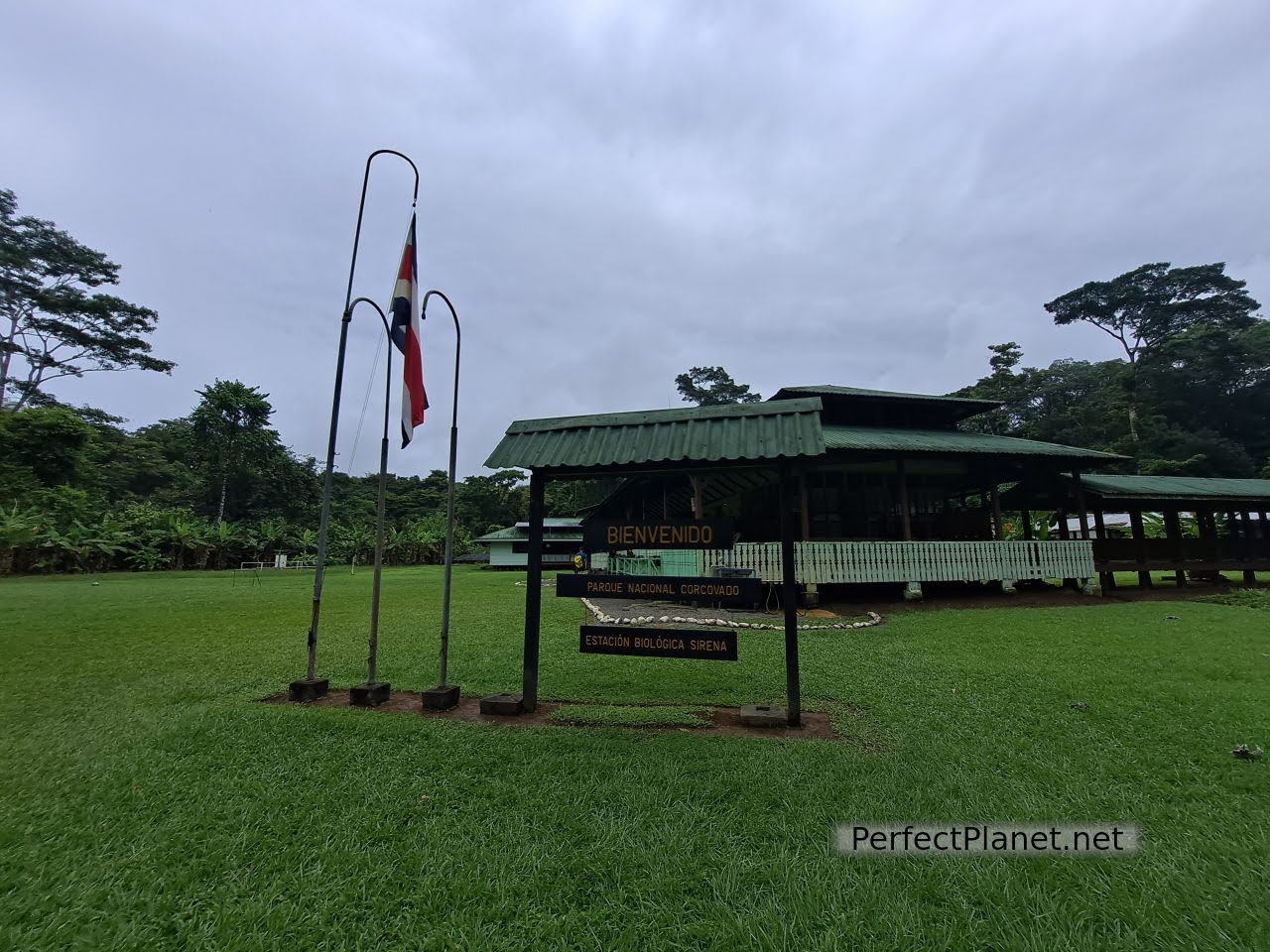
Sirena station
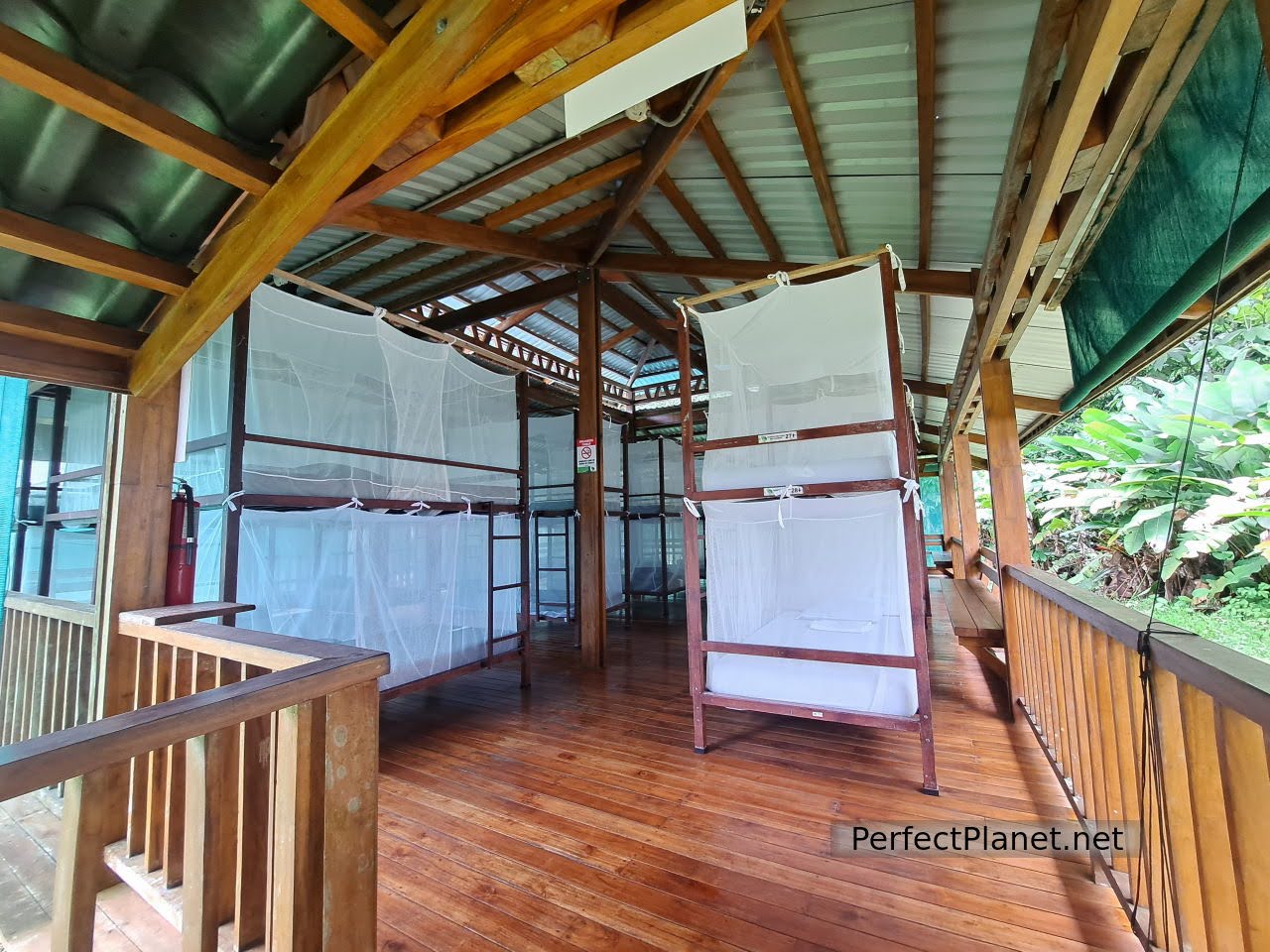
Sirena acommodation
Although jaguar and puma also inhabit these areas it is very difficult to see them. Among the birds we saw were scarlet macaws, peacocks, eagles and other birds of prey. In Claro river and Sirena river you can see crocodiles and even bull sharks at the mouth of the river.
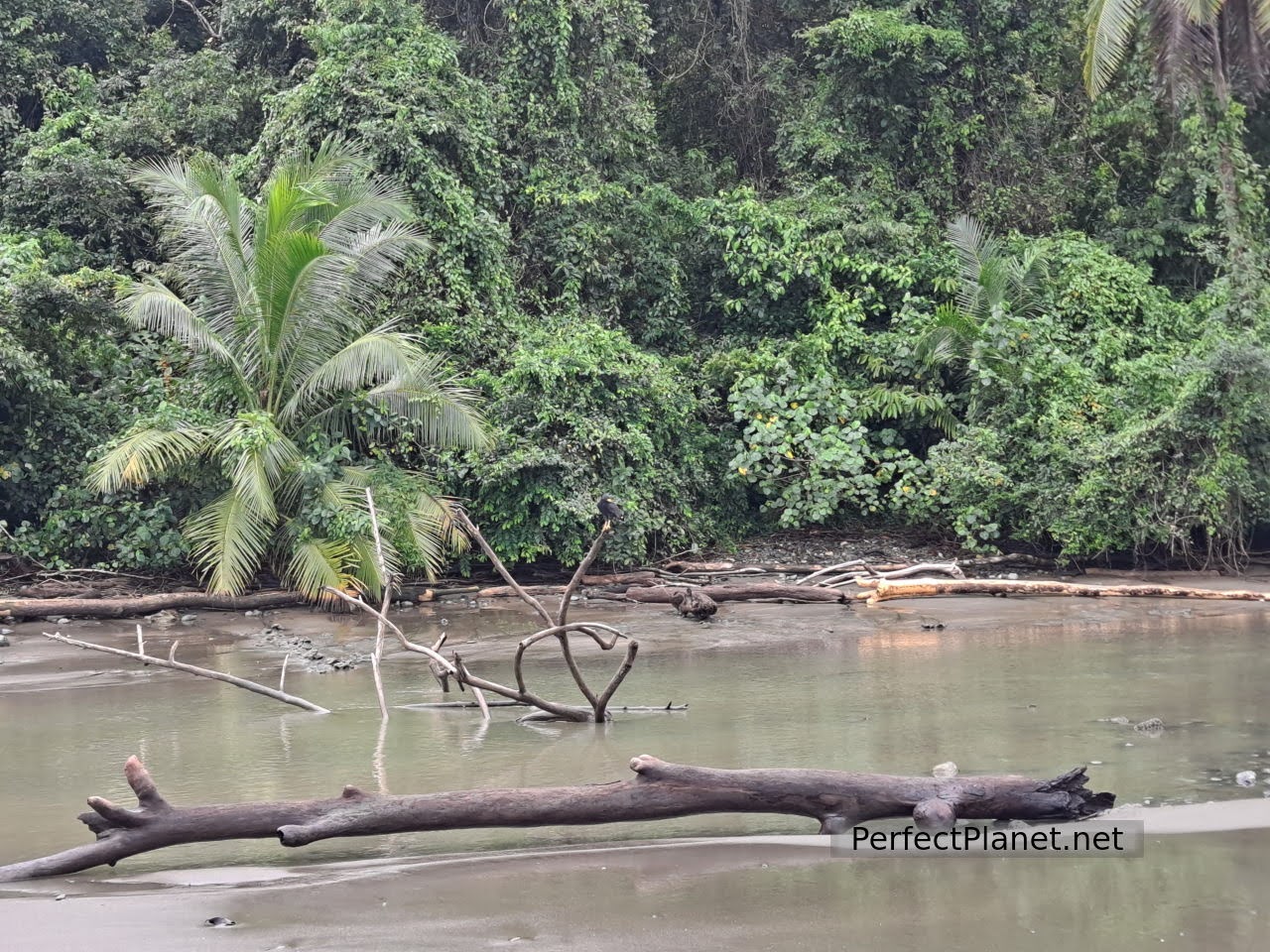
Corcovado National Park
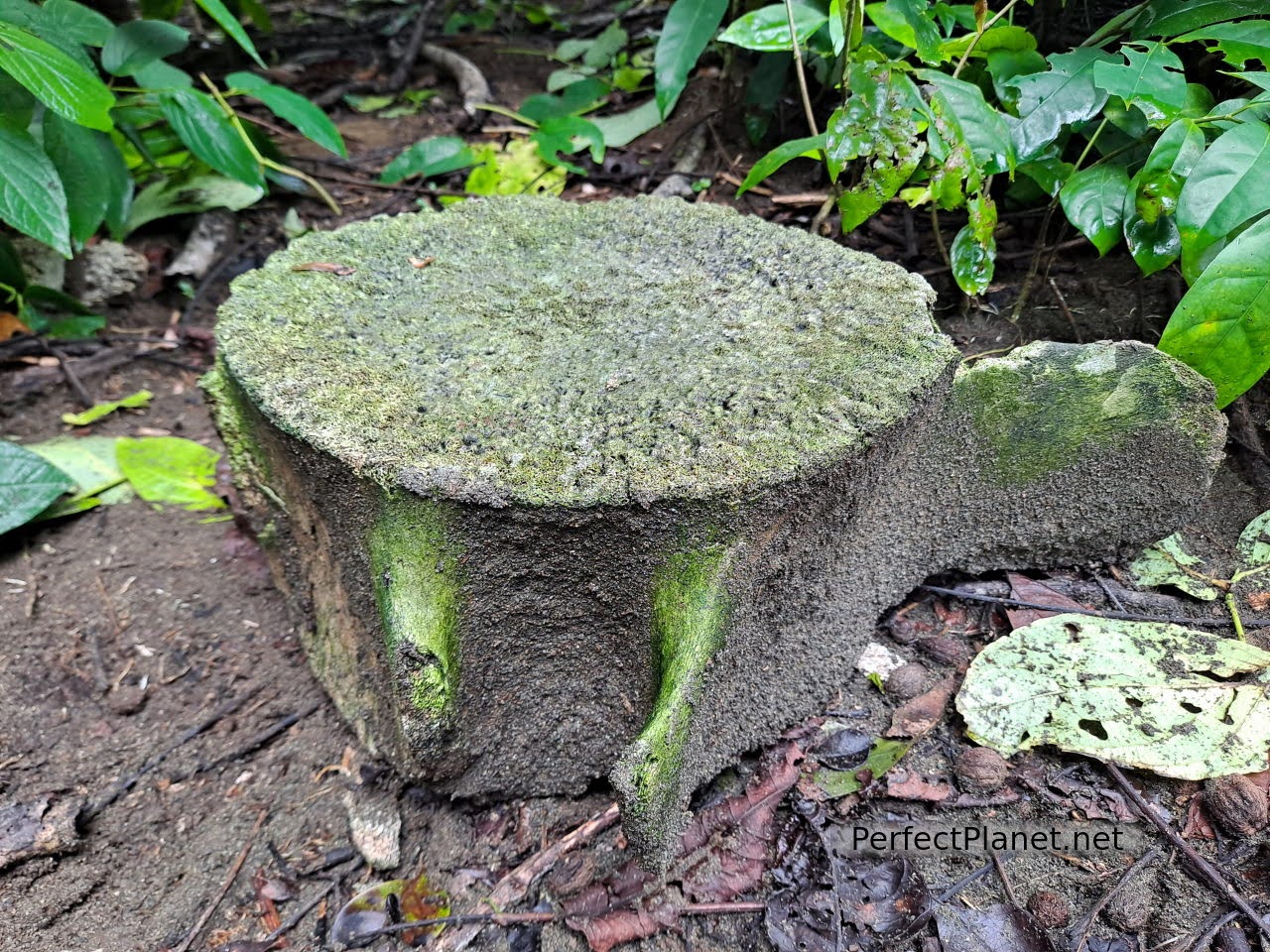
Whale bone
On the way there is a short stop at the ranger station to go to the toilet, refill water or have a drink. The facilities are very good, a good place to spend the night.
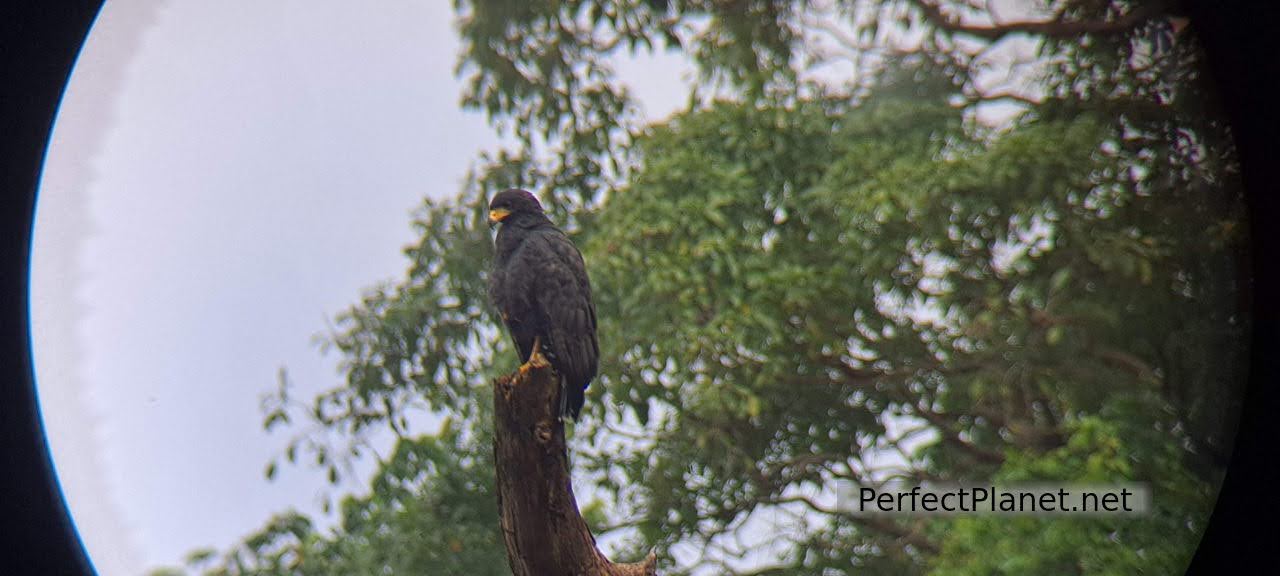
Eagle
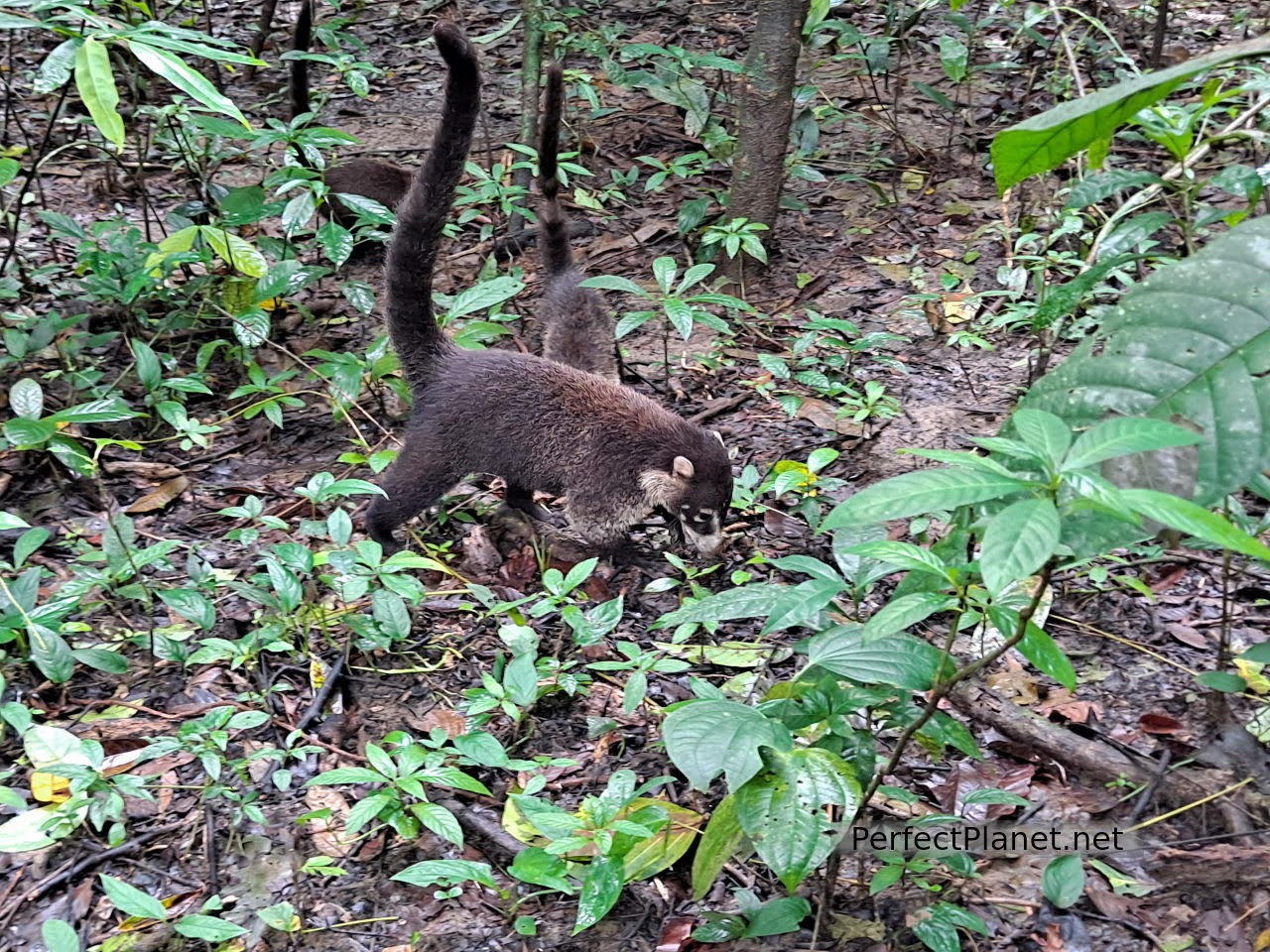
Coatí
We return to the boat, the exit from the beach is bumpy, the arrival at the San Pedrillo ranger station is also complicated. Sara has a hard time in the boat but soon recovers.
Once at the station the guides give us a taper with food, we put on our boots and start walking. The route, of about 15 or 16 km more, crosses two rivers, in the first one the water was up to our knees and in the second one up to our waists. It was amazing.
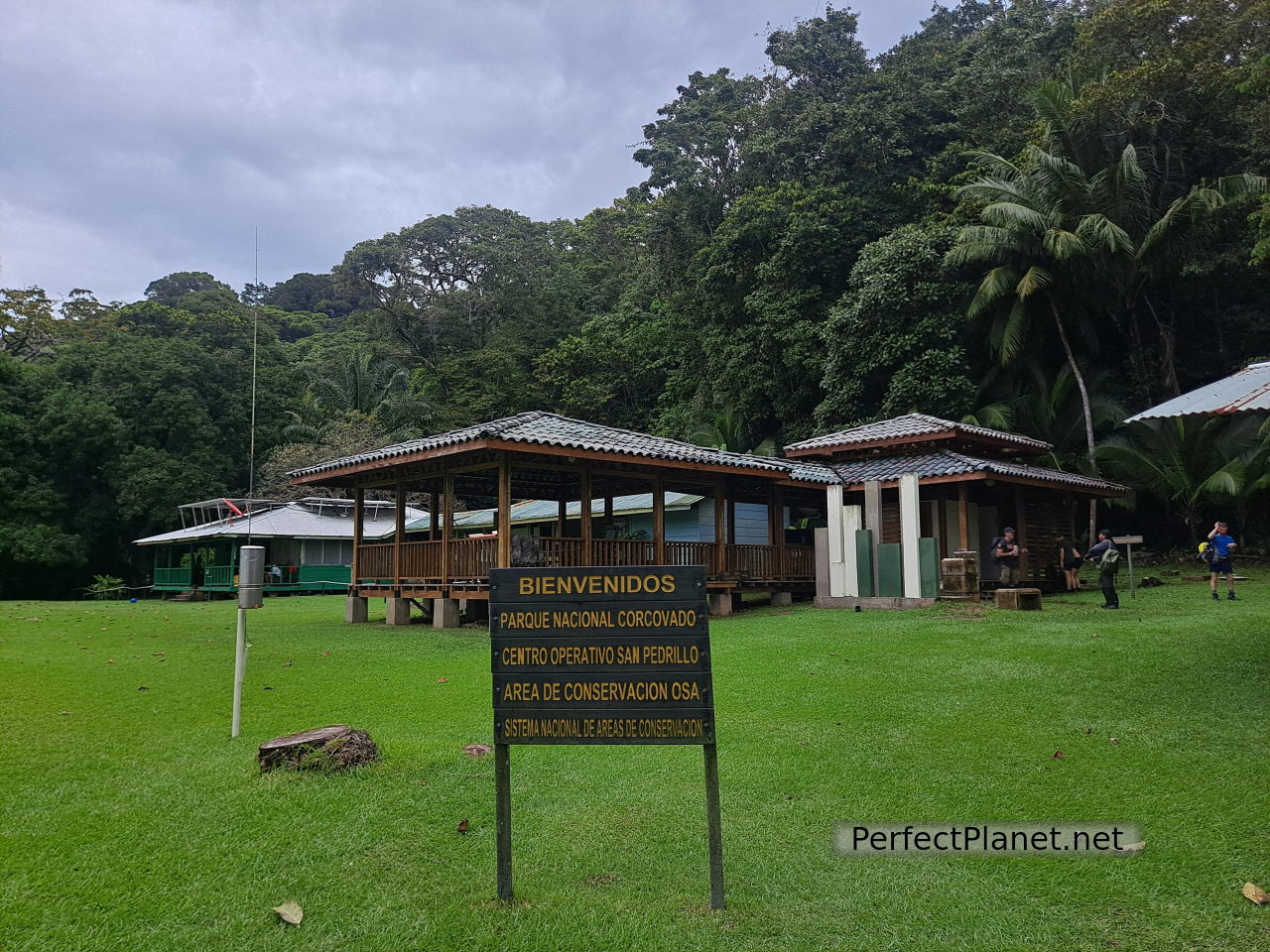
San Pedrillo
While in Sirena the forest is secondary, in San Pedrillo the primary forest is much more closed with thicker vegetation and taller trees. For this reason animal sightings are not easy although there is a greater chance of seeing mammals such as pumas and ocelots.
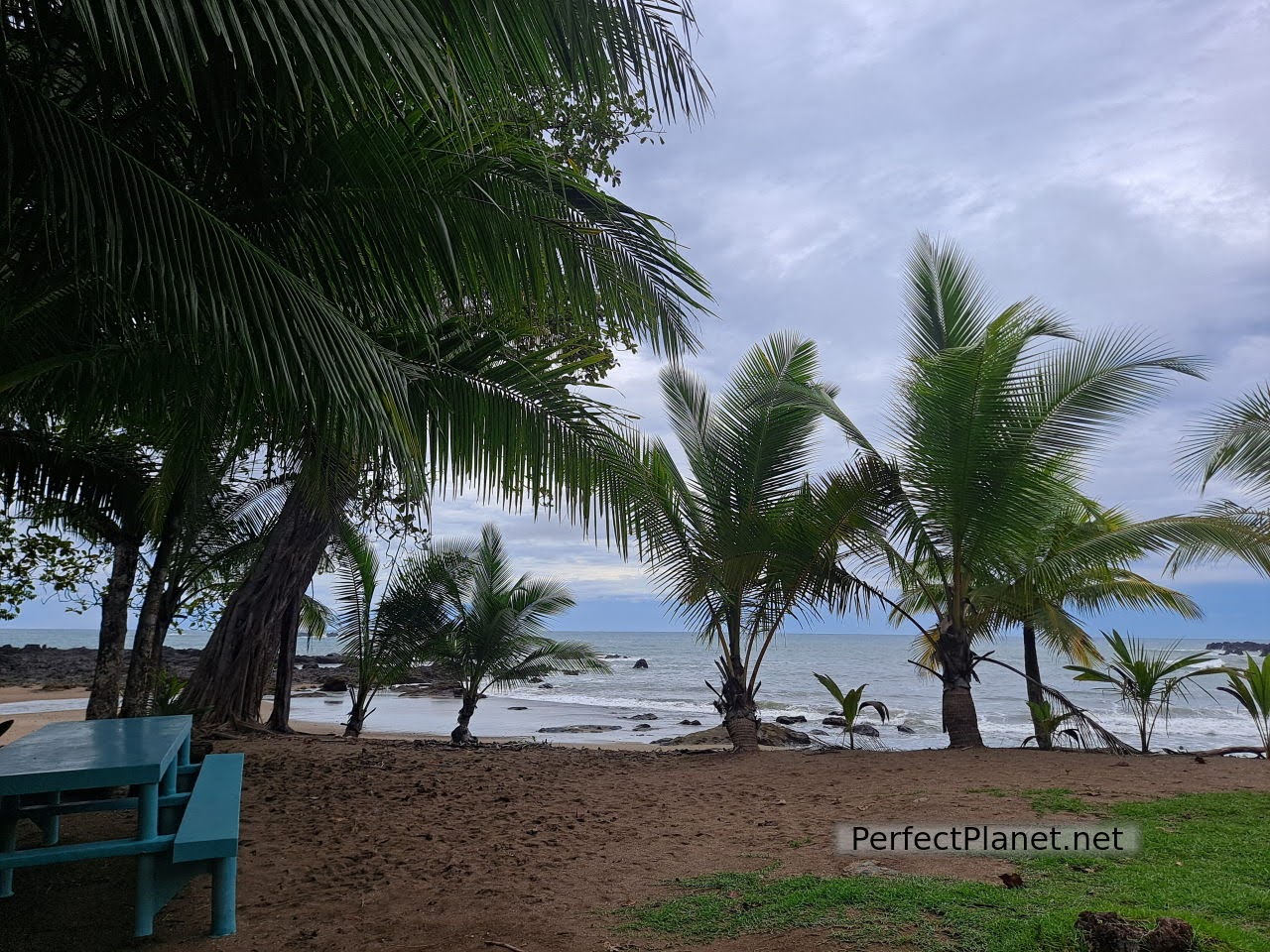
Corcovado National Park
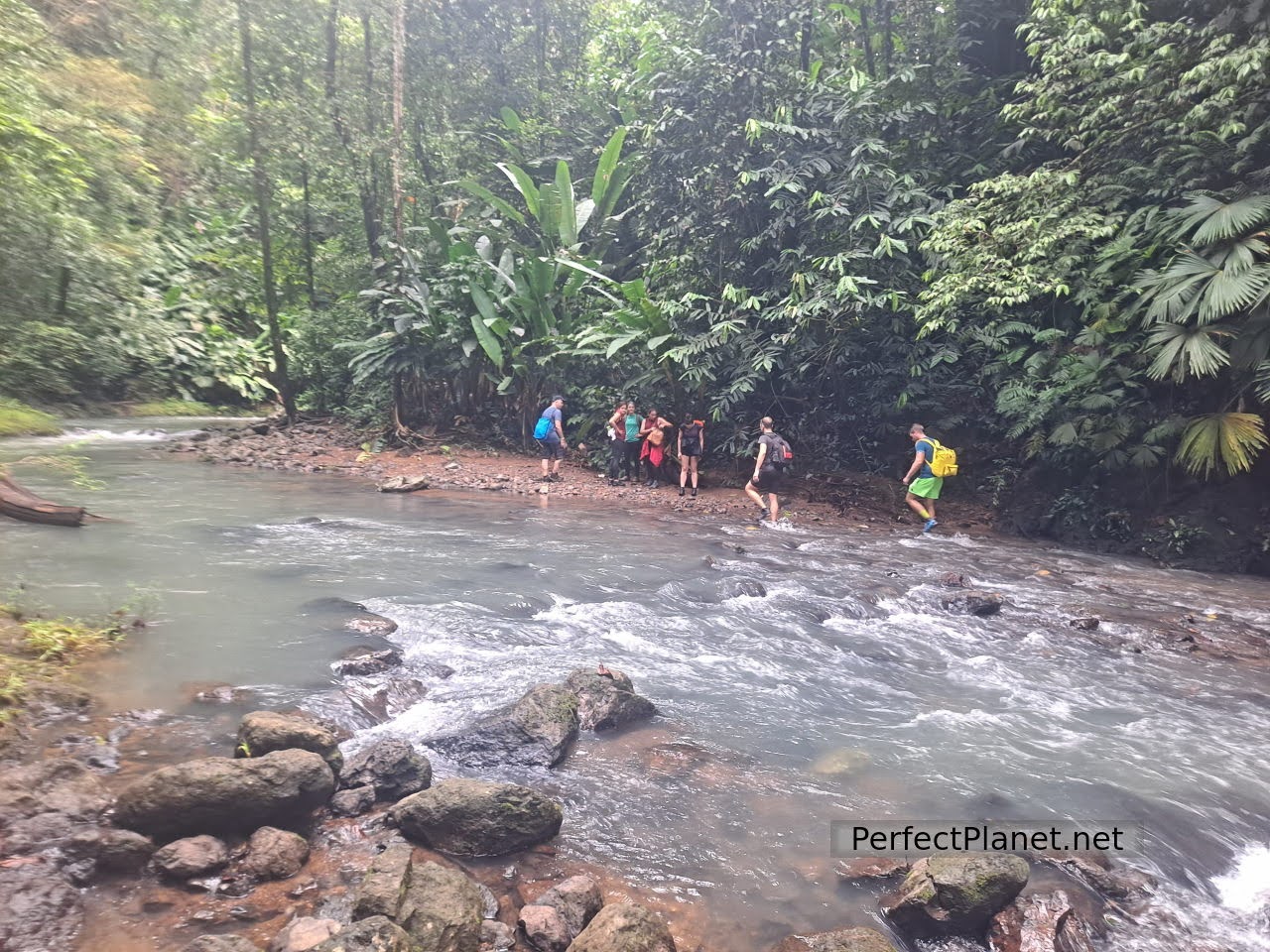
Corcovado National Park
Our path leads us to a waterfall, in the river an adult caiman rests on a rock.
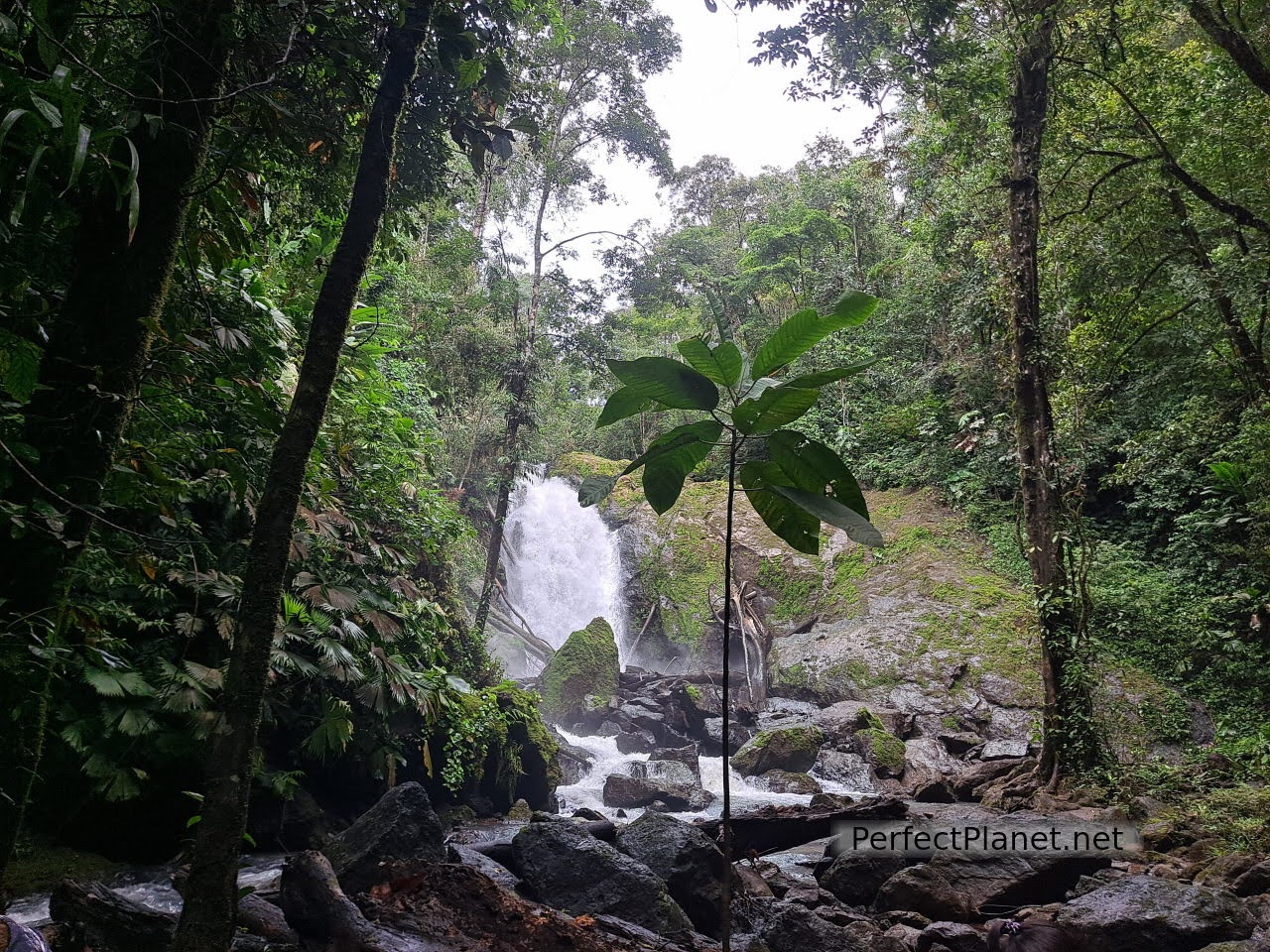
Waterfall
We climb the waterfall and cross another river by the waist, in this area we stay for lunch and a swim. It is not a dangerous area but it has strong currents so be careful.
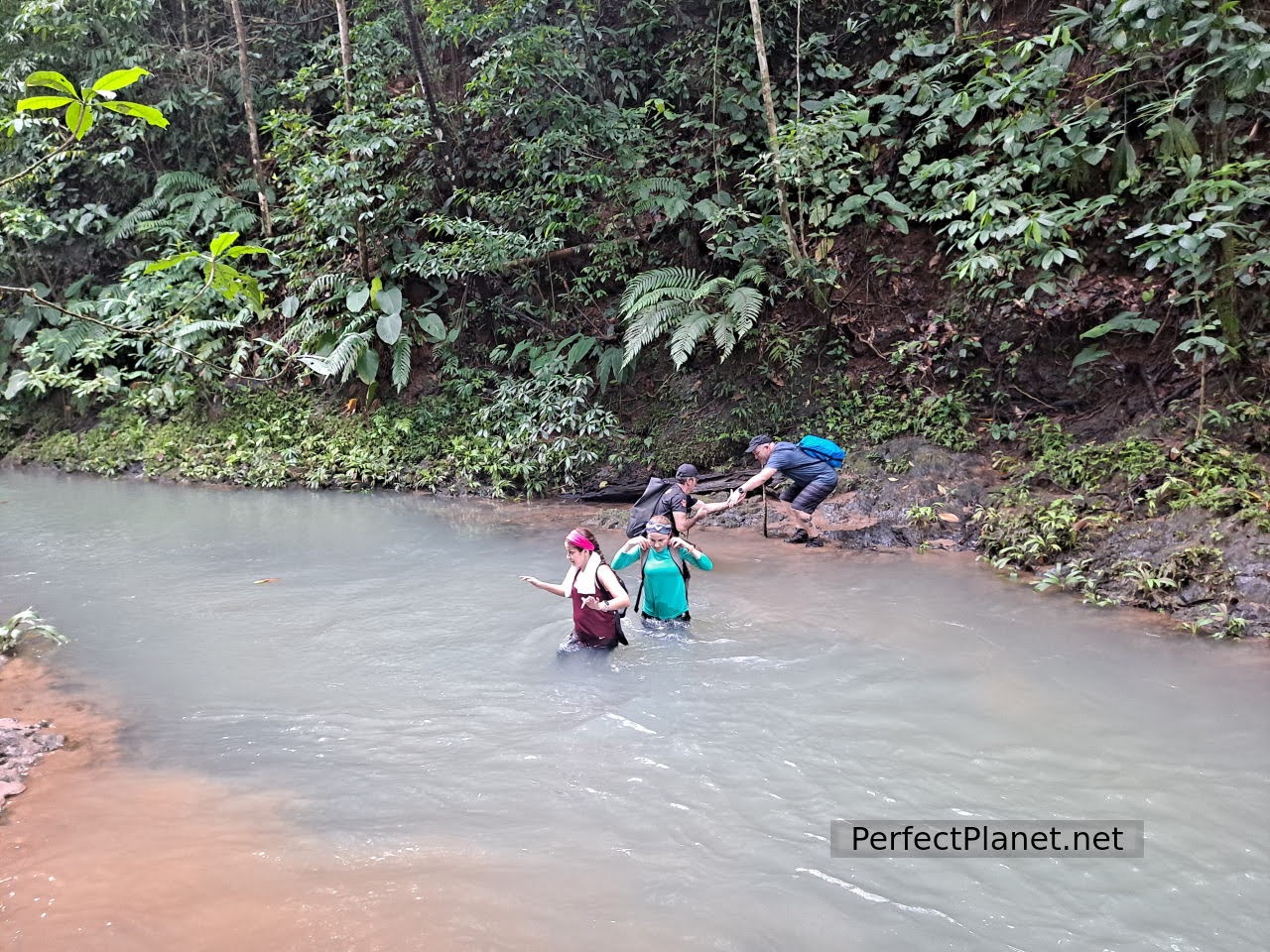
Crossing the river
We continue our walk along muddy, slippery but fun trails. You have to be very attentive to the guide's indications as in these forests it is better not to touch anything if you don't want to get a surprise.
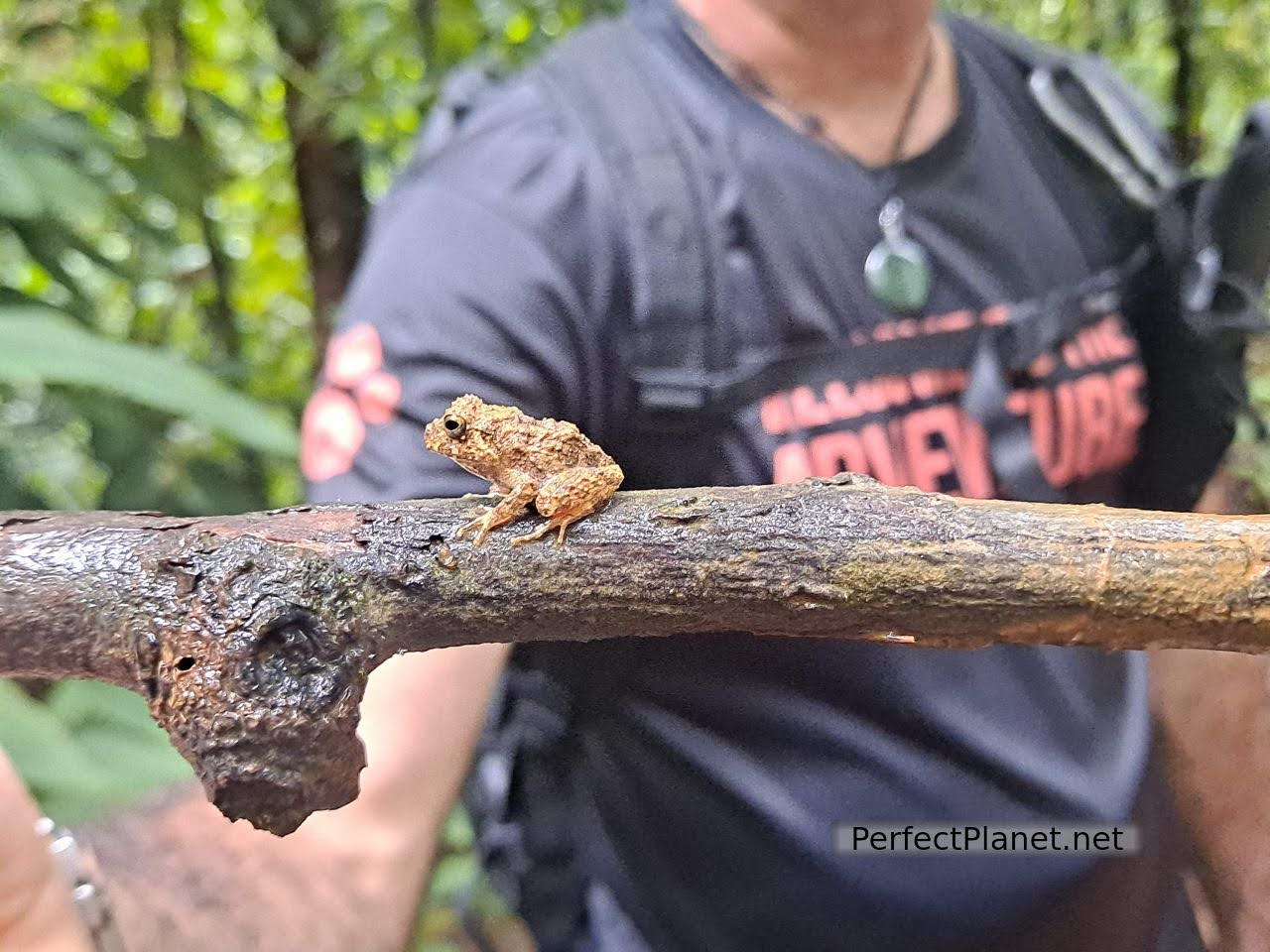
Toad
We turn off the main road and visit a tree that is over 1,200 years old. A Black Garlic tree that is decomposing but at the same time generating life. The gambas (roots) are huge and we enter through one of them into the tree where bats and other animals live. It is impressive.
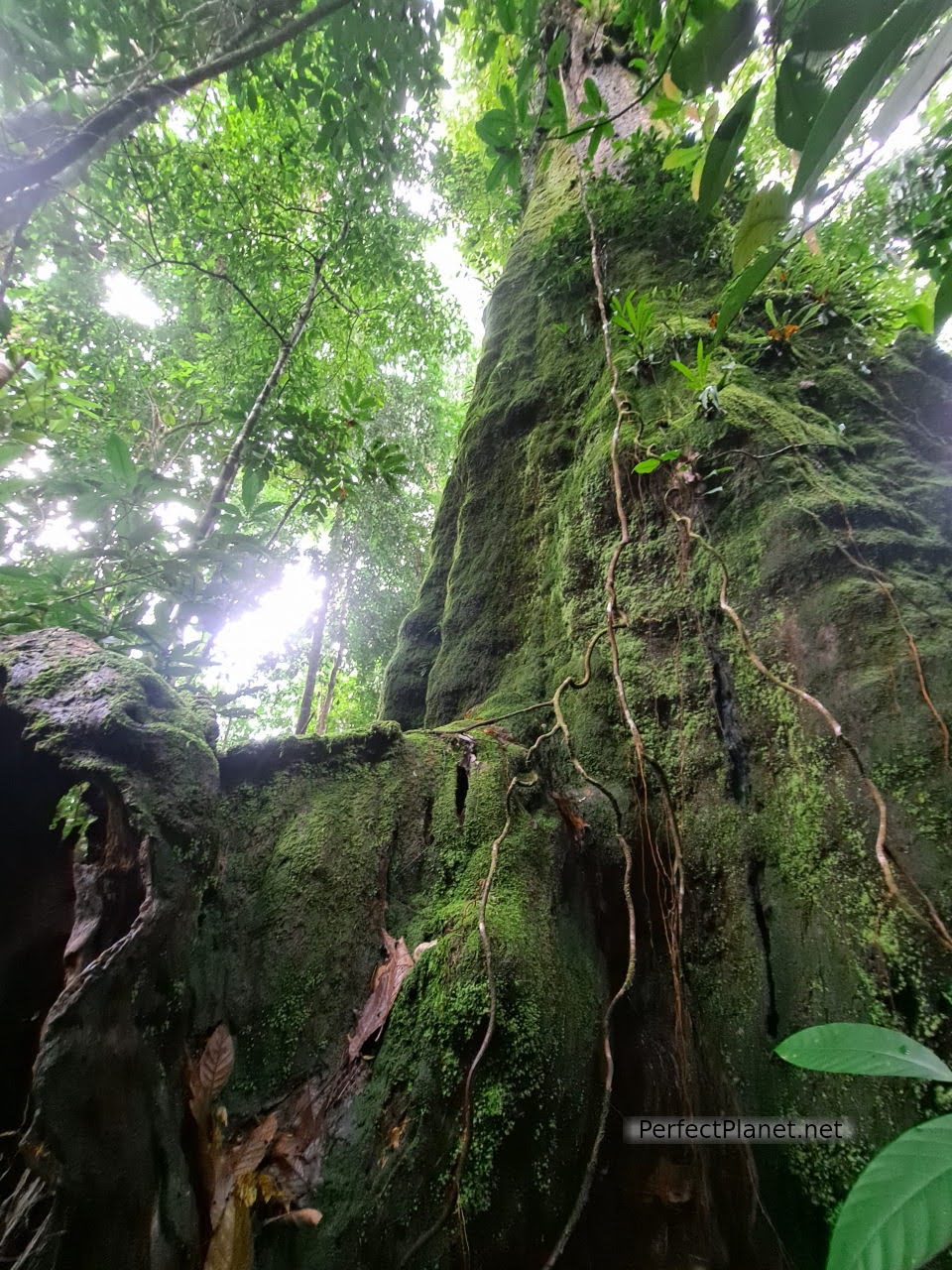
Ajo Negro
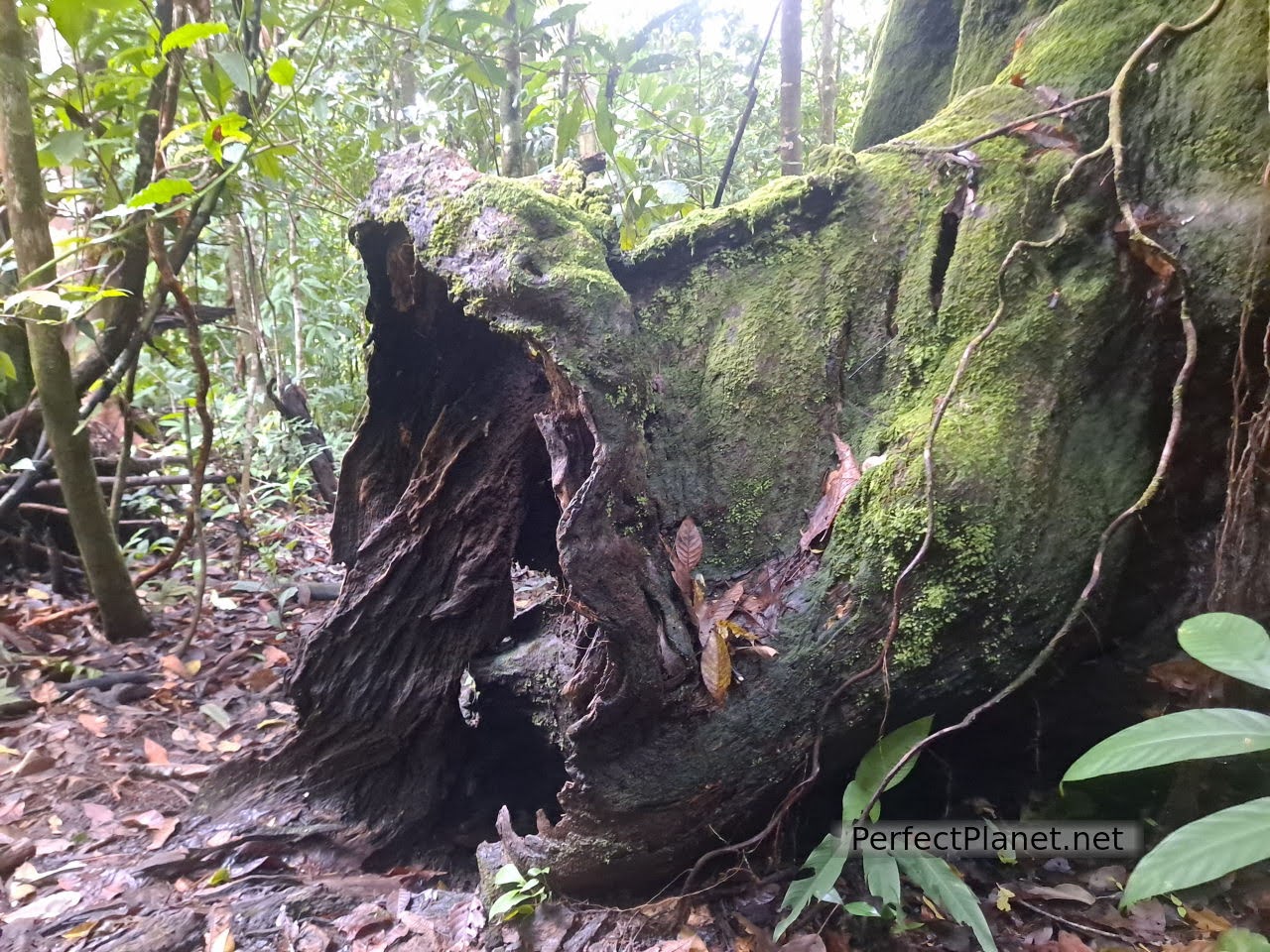
Root
Our route crosses the San Pedrillo station and the Tucan trail. As the day progresses, the light is less and less in the forest and the type of animals is changing.
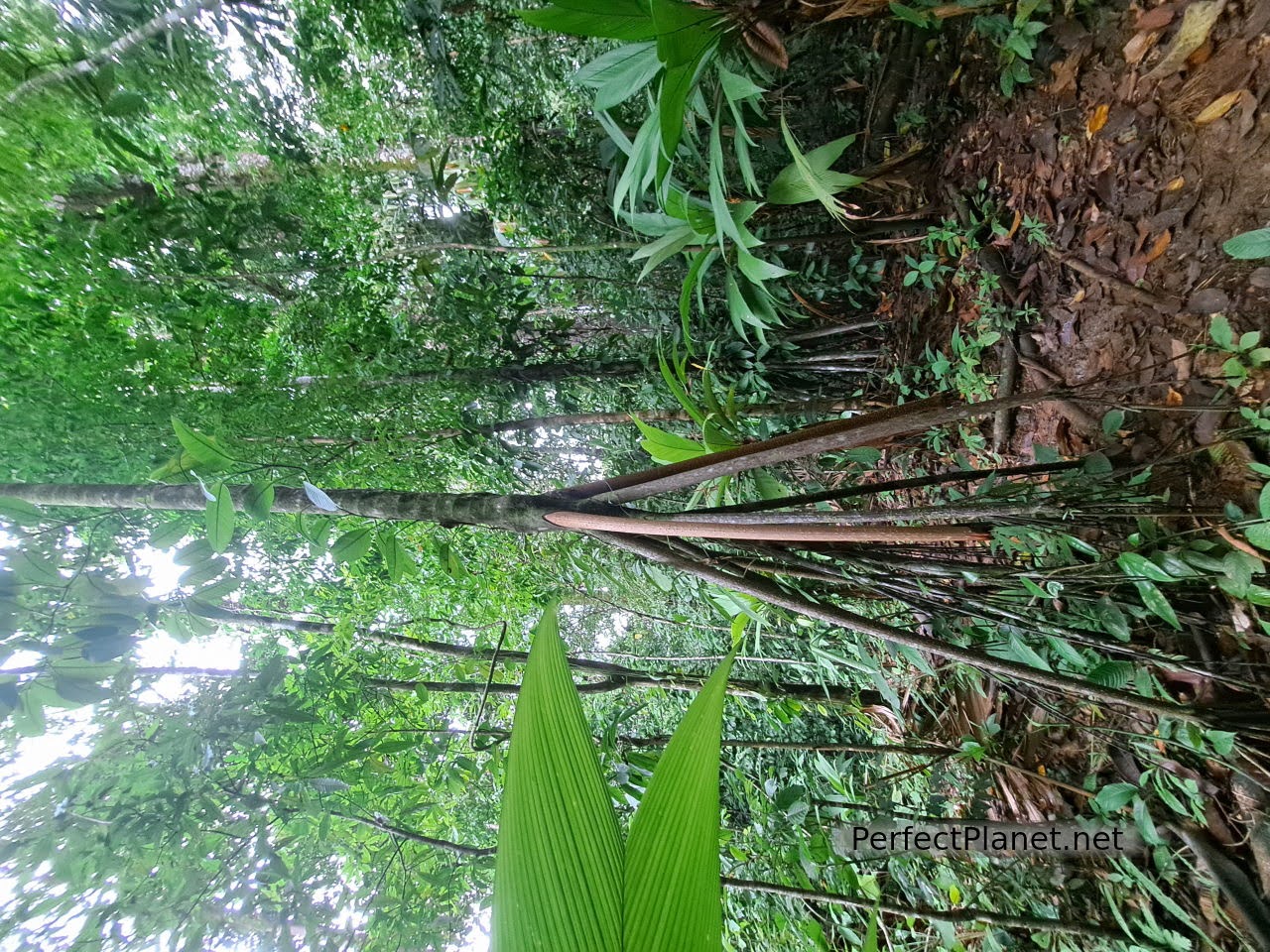
Corcovado National Park
Finally we reach the beach where the boat is waiting to pick us up. Here the adventure never ends. Brainer tells us to get into the boat as quickly as possible, as the waves are quite big and could destabilise the boat. Suddenly he shouts "everybody out!", the boat is almost vertical and there is a danger of being hit on the way down so we run out while the waves push us, hehe what a mess. Sara literally throws herself over the boat. The rest of us run back to the boat and finally we all manage to get in after several attempts.
As our guide says, this is a box of adventures that ends when we get back home.
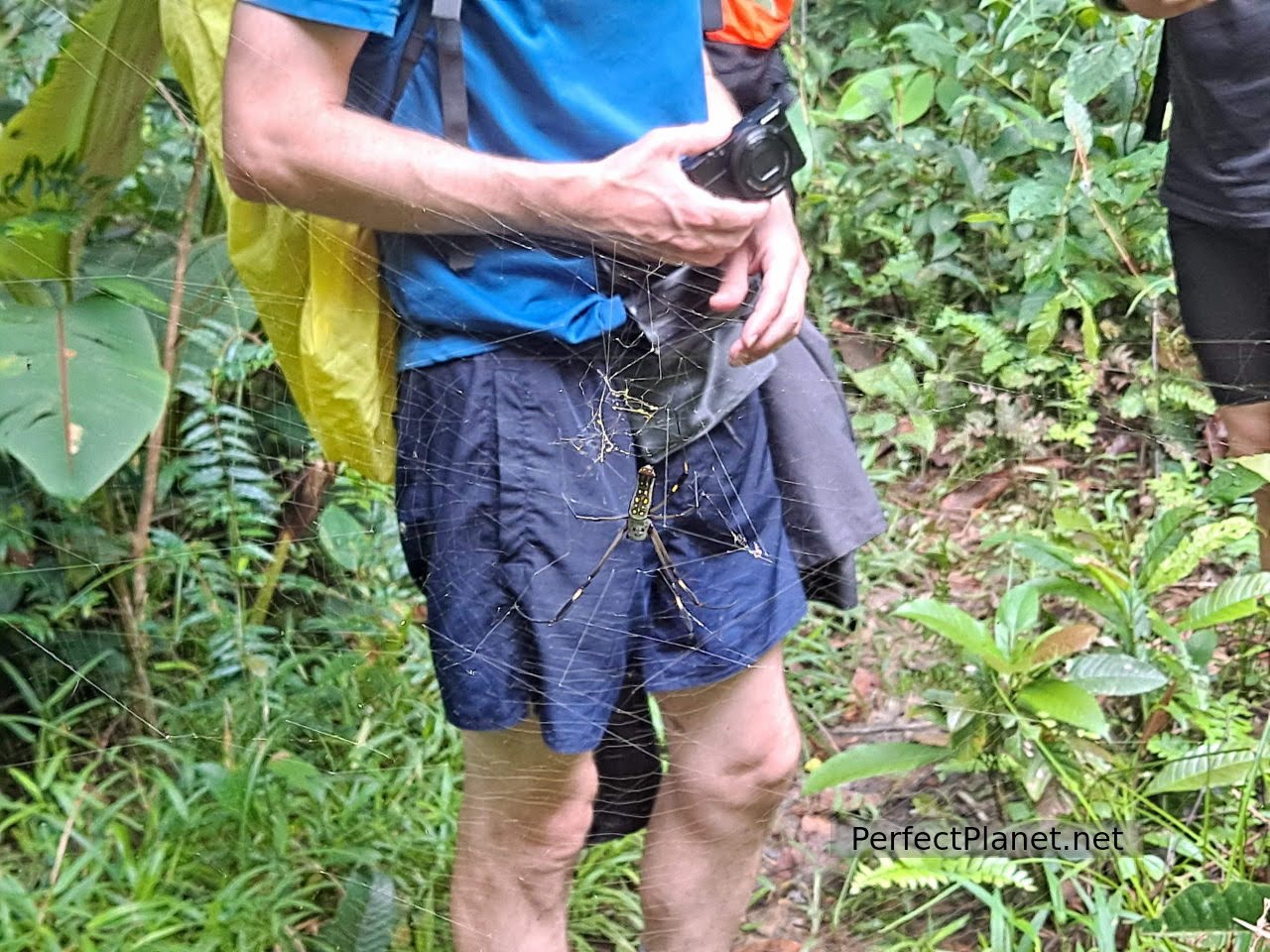
Spider
Once in Drake, the whole group with Brainer went for a chiliguaro (rum, tomato juice, lime, spice and salt, delicious) and a beer at the restaurant La Choza, 3 beers and a chifrijo. In this establishment it is better to pay in cash to avoid the 10% service charge.
We shared anecdotes and curiosities and laughed a lot, these people are a lot of fun. What luck to have found them.
We meet Carlos and Sara for dinner tomorrow, and say goodbye to the rest who are returning tomorrow to San José.
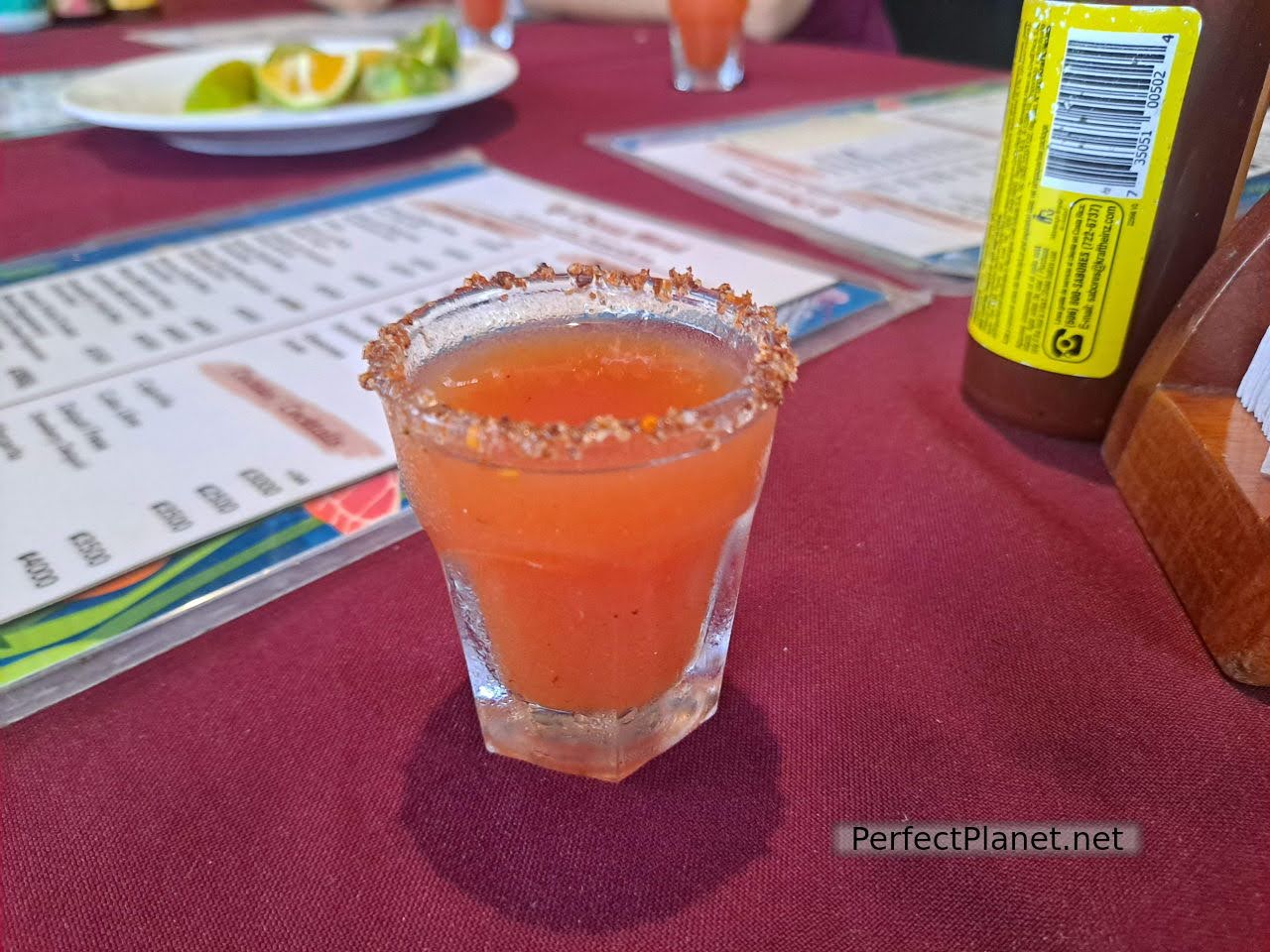
Chiliguaro
Tips for visiting Corcovado. Wear closed shoes but do not wear goretex or waterproof boots. We went with boots and booties, in the end you lose a lot of time changing your shoes, which also get wet when boarding or disembarking. You can't bring food into the Sirena station, leave it on the boat. Take a waterproof backpack or waterproof bags to put your mobile phones, cameras and personal belongings inside your backpack, as it is practically impossible not to get your backpack wet.
Repellent can only be used on the beach. Don't forget sun cream and water, at Sirena you can refill your bottle and buy something to eat if you need it.
If you only want to visit Sirena Station from Drake, the price is around $90/pax, if you prefer to just visit San Pedrillo it's around $80/pax.
Other activities you can do from Drake are snorkelling at Caño Island for about 90$/pax or for the pro's Coco Island.
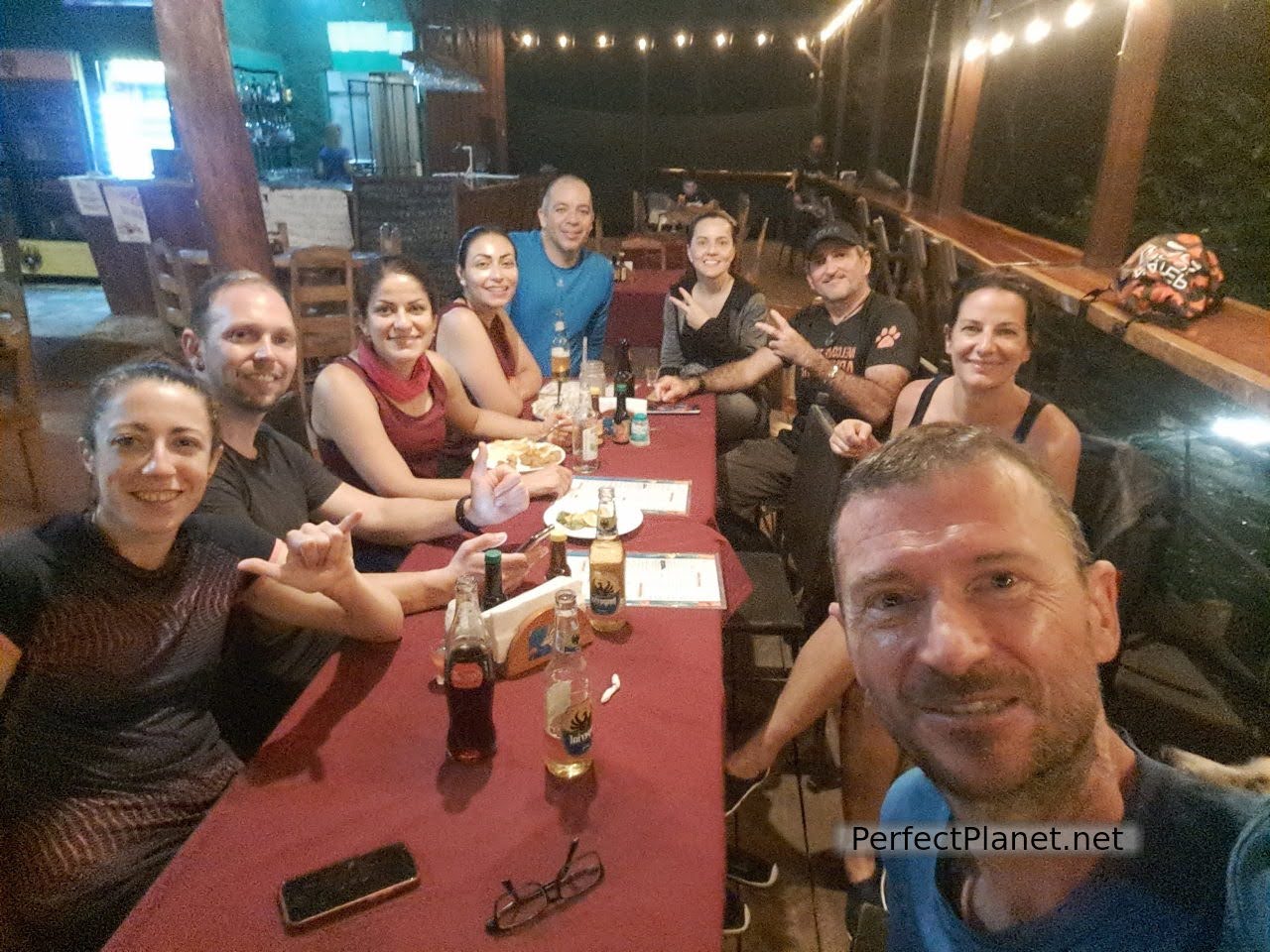
Group
Accommodation: Corcovado & Drake Inn, double room with bath, hammock, pool and breakfast 39.35$/night
Tour Corcovado National Park: 150$/pax includes entrance to the Park and food
Dinner: La Choza restaurant 3 beers and a chifrijo 10.000 colones
- Log in to post comments

